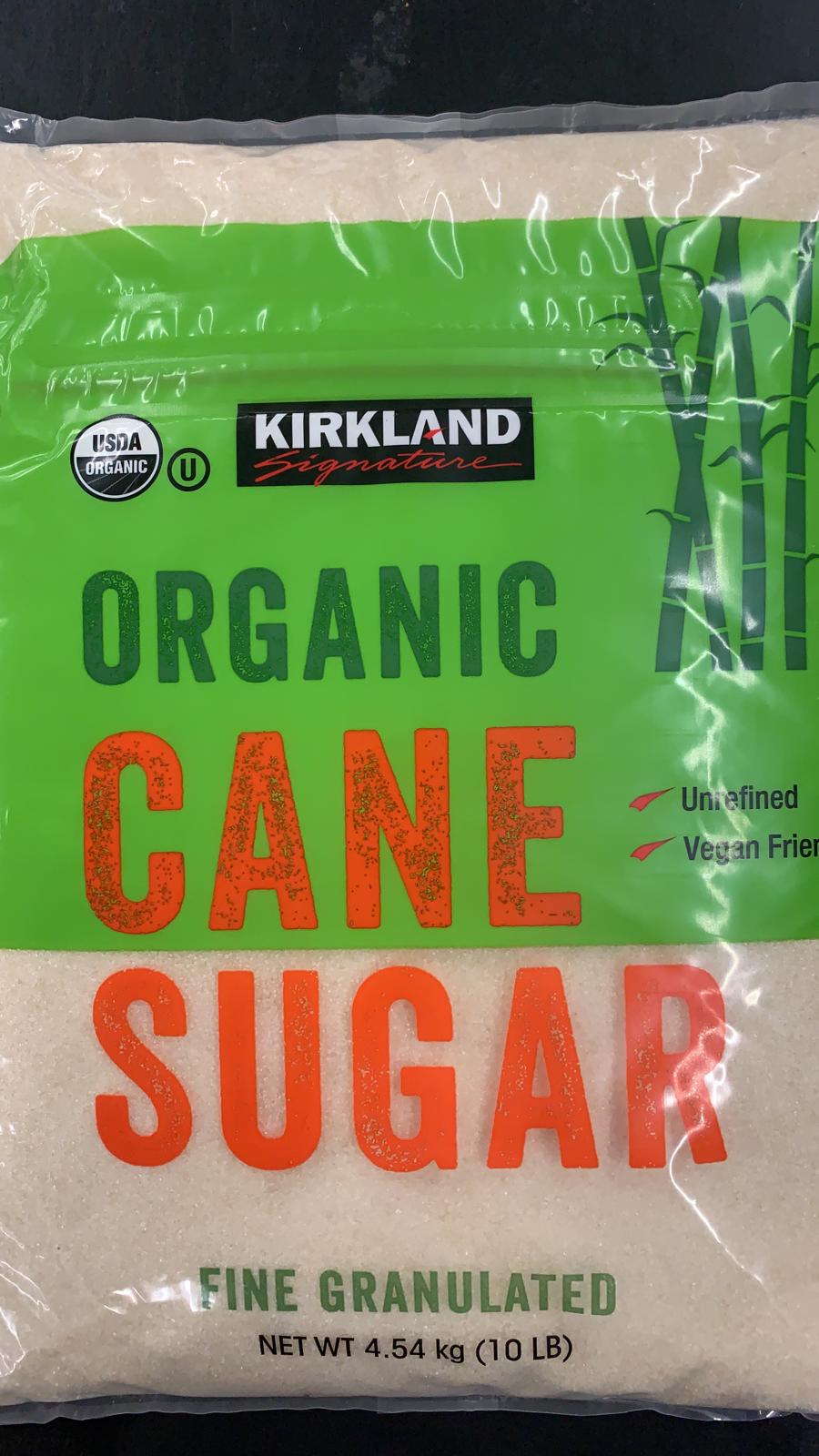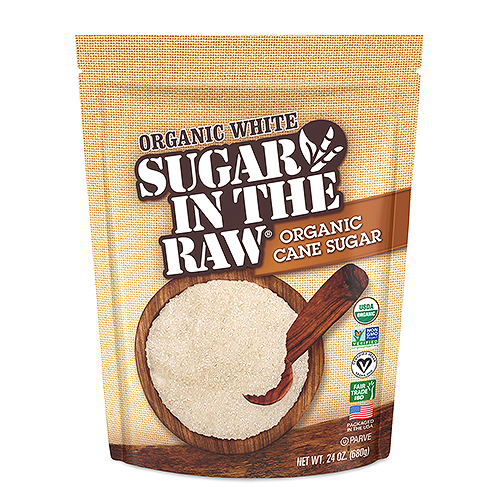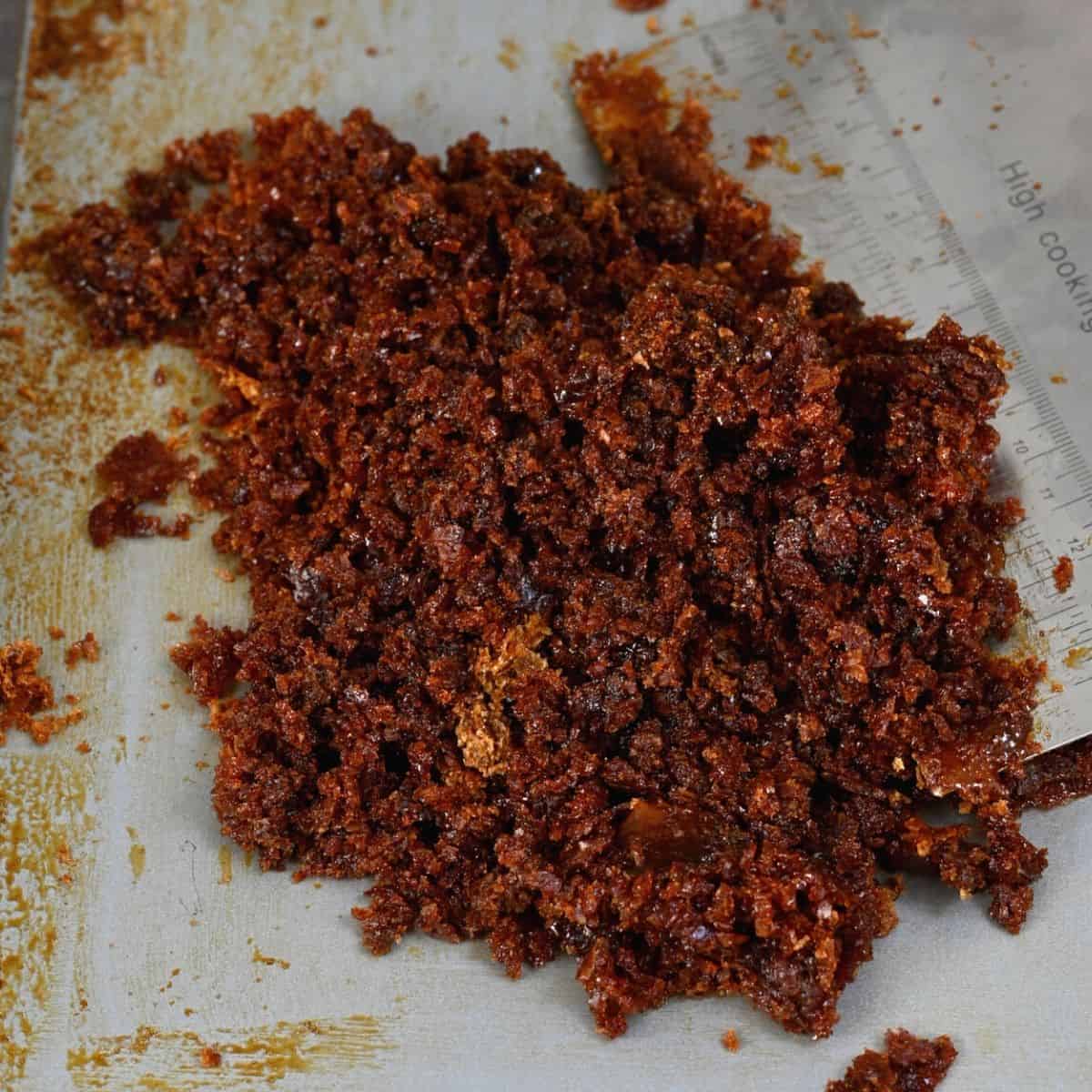Checking Out the Comprehensive Steps Associated With Walking Stick Sugar Processing From Gathering to Refinement
The procedure of cane sugar manufacturing encompasses a collection of complex steps, starting with the mindful harvesting of sugarcane and finishing in the refinement phases that guarantee the last product meets market standards. Each stage, from the extraction of juice to the purification and condensation processes, plays a crucial function in establishing the high quality and character of the sugar.
Gathering Sugarcane
Harvesting sugarcane is an essential step in the cane sugar processing chain, as it straight influences the quality and yield of the last item. Appropriate timing and methods are necessary throughout this phase to guarantee optimal sugar content and minimize losses. Typically, sugarcane is harvested when it gets to maturation, usually 12 to 18 months after planting, characterized by a high sucrose focus.

Post-harvest, the sugarcane needs to be processed swiftly to prevent sucrose destruction. Preferably, collected walking stick needs to be transported to processing centers within 24-hour to maintain sugar quality. Therefore, reliable logistical preparation is vital to keep the stability of the collected plant throughout the supply chain.
Removal Process

The smashed cane goes through a series of pressing procedures to maximize juice recuperation. Generally, warm water is splashed onto the smashed walking stick, developing a countercurrent flow that aids dissolve the sugar while likewise assisting in the removal procedure. The juice accumulated from this operation has not just sugar yet also different natural compounds and pollutants.

To enhance removal efficiency, some facilities may utilize diffusion approaches, where the sugarcane is soaked in warm water, enabling the soluble sugars to diffuse into the liquid. The resulting juice, rich in sucrose, is then guided to succeeding handling stages, laying the foundation for purification and improvement. The extraction process is thus crucial in establishing the top quality and yield of the last sugar item.
Filtration Strategies
The purification strategies used in cane sugar handling are essential for changing the raw juice into a premium sugar product. These methods largely aim to eliminate contaminations, such as soil, plant products, and inorganic substances, which can adversely affect the end product's taste and color.
One of one of the most common filtration methods is information. This process entails adding lime and heat to the raw juice, which helps with the coagulation of contaminations. The resulting precipitate is then eliminated via sedimentation or filtering, generating a clearer juice. Additionally, making use of phosphoric acid can improve the information process by further binding contaminations.
An additional considerable strategy is carbonatation, where carbon dioxide is presented to the cleared up juice. This reaction generates calcium carbonate, which catches remaining contaminations and advertises their removal.
Moreover, activated carbon treatment might be related to adsorb any type of remaining colorants and natural impurities, making certain a more polished product. The mix of these approaches efficiently prepares the sugar juice for succeeding steps in the refining procedure, establishing the phase for the production of high-grade walking cane sugar.
Crystallization Methods
After the purification phase, the following essential action in walking stick sugar processing entails formation approaches, which play a crucial duty in have a peek at these guys transforming the clarified juice right into solid sugar. This process typically utilizes two primary methods: spontaneous crystallization and controlled formation.
In spontaneous condensation, supersaturated sugar remedies are allowed to cool naturally, leading to the development of sugar crystals over time. This approach permits for the consistent growth of sugar crystals and higher purity.
During crystallization, the clarified juice is concentrated through dissipation, raising its sugar content till it gets to supersaturation. As soon as this factor is attained, either approach can promote the crystallization process. Cane Sugar Processing. The resultant sugar crystals are then separated from the continuing to be syrup via centrifugation
Ultimately, the option of crystallization approach impacts the top quality, size, and pureness of the last sugar product, making this step necessary in the total walking cane sugar handling procedure.
Refinement and Product Packaging
How can the purity and quality of walking cane sugar be additionally improved after formation? The refinement process plays an important duty in attaining high-quality cane sugar.
Next, the sugar undergoes a process called centrifugation, where it is spun at high rates to divide the cleansed sugar crystals from the continuing to be fluid. After centrifugation, the sugar is commonly more refined with a method called carbonization or phosphatation, which uses triggered carbon or phosphoric acid to remove color and off-flavors.
When improved, the sugar is dried out to accomplish the wanted moisture material, making certain that it stays stable during storage space and transportation. The final action includes product packaging the polished sugar my company in airtight important link and moisture-proof containers to preserve its top quality and protect against contamination. Cane Sugar Processing. Proper packaging not just expands service life however also promotes simple handling and circulation, ensuring that consumers get sugar that fulfills the greatest criteria of pureness and quality
Final Thought
The extensive actions associated with cane sugar processing, from the careful harvesting of sugarcane to the intricate refinement and packaging phases, underscore the value of each stage in ensuring top notch sugar manufacturing. Optimal harvesting methods, effective removal approaches, and strenuous filtration processes collectively contribute to the final product's pureness and security. The formation and succeeding product packaging practices even more boost the stability and life span of the sugar, highlighting the complexity and accuracy inherent in this vital farming sector.
The procedure of walking stick sugar manufacturing includes a collection of intricate steps, beginning with the cautious harvesting of sugarcane and finishing in the improvement phases that make certain the final product meets industry standards. Ideally, collected walking cane needs to be moved to processing facilities within 24 hours to maintain sugar high quality.In spontaneous crystallization, supersaturated sugar solutions are permitted to cool down naturally, leading to the development of sugar crystals over time - Cane Sugar Processing. The refinement procedure plays a vital role in attaining premium walking cane sugar.The extensive steps included in walking cane sugar processing, from the thorough harvesting of sugarcane to the intricate improvement and packaging phases, emphasize the significance of each phase in guaranteeing high-quality sugar manufacturing